Pearl Harbor
Japan’s expansion and ambitions of an imperium in the far East threatened American, British and Dutch interests. In July 1941, the United States imposed an oil embargo on Japan and froze Japanese assets in the United States. For Japan, this was a threat for further expansion and saw itself forced to secure oil supplies in the Dutch East Indies. Japan understood that if Japan invaded the Dutch East Indies, the United States would certainly come to the rescue. Therefore, Japan decided that while the Dutch East Indies, British Malaysia and the US Colony och Philippines were attacked, the US Naval base at Pearl Harbor, Hawaii, would also be attacked. Purpose of the attack was to knock out the US Pacific Fleet anchored in the port, thereby preventing the Americans from intervening. On November 26, the Japanese 1st Air Fleet, Kido Butai, left port in northern Japan under the utmost secrecy, heading toward Pearl Harbor.
The Japanese force consisted of six aircraft carriers, Akagi, Soreyu, Zuikaku, Shokaku, Hiryi and Kaga. In total, they carried 408 aircraft intended for the attack. The plan was to carry out three attacks, the first attack was aimed at Aircraft carriers and Battleships, the second and third attacks aimed to konk out airfields and other ground installations. At 07.48 on the morning of December 7, 1941, the attack began and 90 minutes later it was all over. The Japanese sank four battleships and damaged another four. Eleven other ships of differant types were sunk or damaged. But no aircraft carriers as they were out at sea at the time of the attack, which probably was crucial for the continuation of the war. 188 aircraft were destroyed and about 2400 american soldiers died during the attack. Japan lost twenty-nine planes, sixty-four crewmen and five mini submarines. Initially, as mentioned earlier, the attack on Pearl Harbor was planned to be carried out with three attacks, but the third was canceled because the Japanese believed that the element of surprise was gone.
Current status: Preserved with museum (1997).
Location: 21° 21' 53.19" N, 157° 57' 0.4" W (USS Arizona memorial).
Get there: Bus from Honolulu.
Follow up in books: Lord, Walter: Pearl Harbor – Day of Infamy (1958).

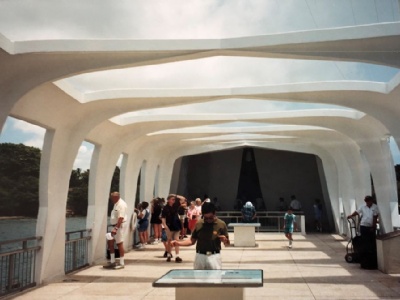
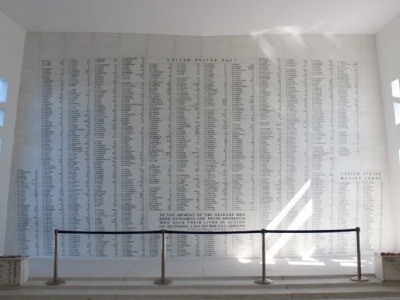
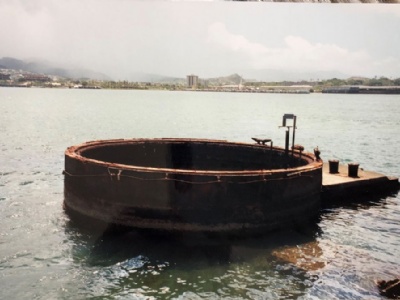
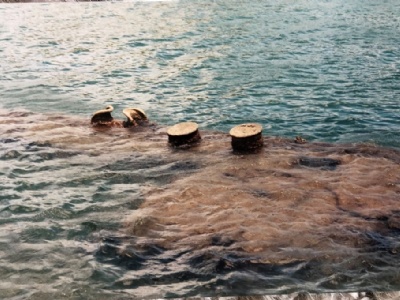
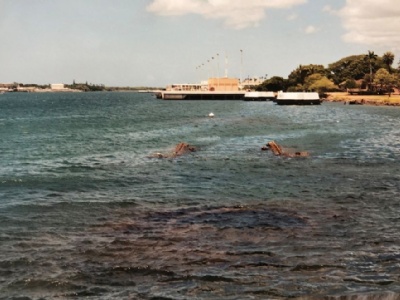
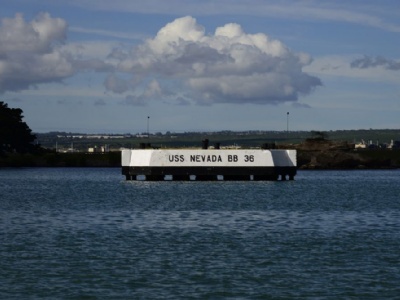
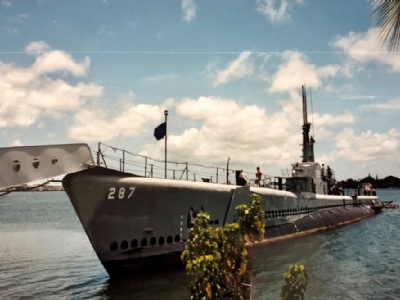
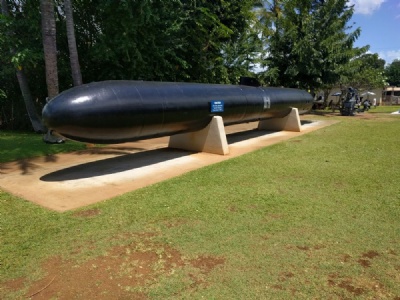
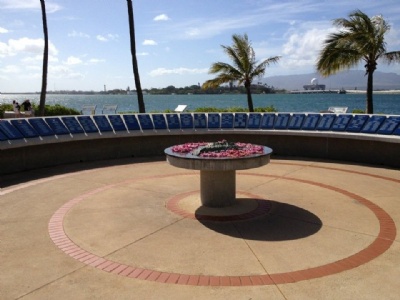
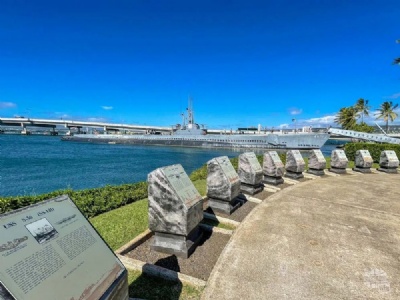
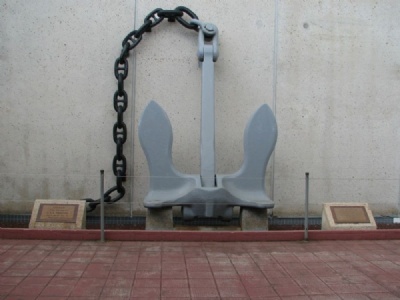
Pearl Harbor, along with Stalingrad and Normandy, are perhaps the most famous sites that have reached out to a wider circle than just those interested. Pearl Harbor was among the first ten places I visited and it was part of a longer trip me and my then partner did in the USA in 1997. Pearl Harbor is very much associated with the USS Arizona and it is the ship and the so well-known memorial chapel of her that Pearl Harbor revolves around. But Pearl Harbor is so much more than the USS Arizona, but she has become the symbol of the attack.
On land and not far from the USS Arizona, lies Pearl Harbor Visitor Center with its museums, monuments and objects. One museum is the former WW2 submarine, USS Bowfin, which served in the Pacific fleet between 1943 and 1945. Next to Bowfin is Waterfront Memorial dedicated to the approximately 3500 American crewmen who were killed while they served in the US submarine fleet during World War II. The USS Arizona’s anchor is also salvaged and is exhibited in the park. There is also a Japanese suicide torpedo, Kaiten, that the Japanese began to manufacture and develop in 1944. The idea was that a crew member would steer it toward a target where it then exploded. In addition to this, there are various other objects and information boards that are bound together by walking paths along the waterfront.
For those who want to go out to Arizona awaits a 20-minute documentary about the attack. When I was there in 1997 the film was introduced by two veterans who in 1941 were 17-18 years old and witnessed the Japanese attack on the naval base. They briefly told us what they were doing that day and seemed to enjoy the role and the attention it brought. An appreciated feature that resulted in standing ovations from the present visitors. Given their age during my visit, they probably kept on doing this for another ten years or so.
After the film, it is a short boat ride out to the memorial chapel built over Arizona in 1962. Most part of the ship lies under the surface but can still be distinguished, but some parts is above surface. This makes the ship more present for the visitor. Oil is also still leaking from the ship. Inside the chapel are the names of all the crew members who died that day. USS Arizona is declared a gravesite but If I’m right I think servicemen who had served on Arizona during the attack but survived could be buried at the site if they wished so. In addition to Arizona, every ship damaged/sunk on December 7, 1941 has its own monument in the form of a plateau located where it sank/was damaged along the Battle ship Row.
Equally interesting, but did not have the opportunity to visit at the time, is Ford Island, where there are several monuments and an aviation museum. On December 7, Ford Island was an airfield and was attacked and traces of projectiles can still be seen on both ground and hangars. There is also the battleship USS Missouri since 1999 as a floating museum which I unfortunately missed by two years. It was on Missouri that the Japanese surrender was signed on September 2, 1945, when she was anchored in the Gulf of Tokyo. Around Oahu there are also bunkers as a remnant of the war.
Pearl Harbor’s geographical location in the middle of the Pacific Ocean makes it logistically and economically difficult for me to revisit. In Europe it is easier to return to places you wanna revisit. Pearl Harbor is definitely a place I would like to revisit, but that probably won’t happen. But I’m glad I got the opportunity to travel to Hawaii (Oahu) and visit Pearl Harbor and USS Arizona when I did. This is a visit that I value and is high on my list.